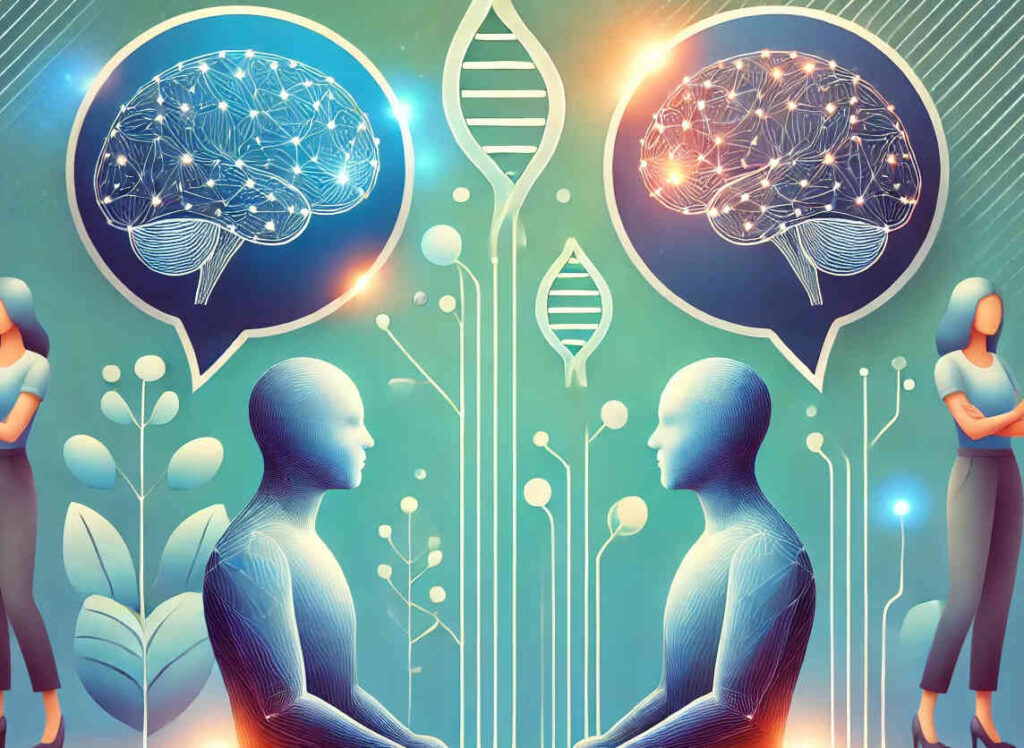Prerequisites:
Age: 13-18
English: Elementary Proficiency
What is included
- 10 live meetings (1.5 hours each)
- 6-10 students in a class
- Assessment
Course details
The Brain and Its Structure
Beginning with an introduction to the brain and its structure, where students will explore the major regions of the brain, including the cerebrum, cerebellum, and brainstem, to understand their unique functions. They will engage in a hands-on activity, either building a 3D brain model or labeling different brain regions to reinforce their learning.
Neurons and Neural Communication
Students will delve into the fundamentals of neurons and neural communication, learning how neurons transmit information through synapses, neurotransmitters, and electrical impulses. To bring this concept to life, they will participate in an interactive experiment, such as simulating neural communication using a domino chain reaction or a human neuron relay.
Chemical Messengers and Behavior
Students will examine chemical messengers and their impact on behavior, focusing on the role of neurotransmitters and hormones in mood, learning, and emotions. Students will explore case studies on dopamine and motivation as well as serotonin and mood regulation, followed by a discussion on the effects of drugs and medications on brain chemistry.
Cognitive Neuroscience – How We Think and Learn
Students will further explore cognitive neuroscience, understanding how the brain processes memory, learning, and decision-making. They will examine the prefrontal cortex’s role in critical thinking and impulse control, while participating in a memory challenge or reaction time experiment to see these concepts in action.
The Developing Brain and Neuroplasticity
An important aspect of the course is the study of neuroplasticity and brain development, where students will learn how the brain evolves over time, particularly during adolescence. They will explore the impact of experience, learning, and environment on brain structure and reflect on ways to improve their own brain health through activities like sleep, exercise, and mindfulness.
The course will conclude with an exploration of neuroscience in everyday life and career opportunities. Students will learn how neuroscience is applied in medicine, psychology, artificial intelligence, and robotics, while also engaging in ethical discussions on brain enhancement, AI, and mental health treatments. Students can engage in a final project to research and present a topic of interest, such as “How music affects the brain” or “The science of sleep”, allowing them to apply their knowledge in a creative and meaningful way.
Learning Outcomes
By the end of this course, students will:
- Understand the basic structure and function of the brain.
- Explain how neurons communicate and their role in behavior.
- Explore how the brain processes information, emotions, and learning.
- Recognize the importance of neuroplasticity and brain health.
- Connect neuroscience to everyday life and career opportunities.












